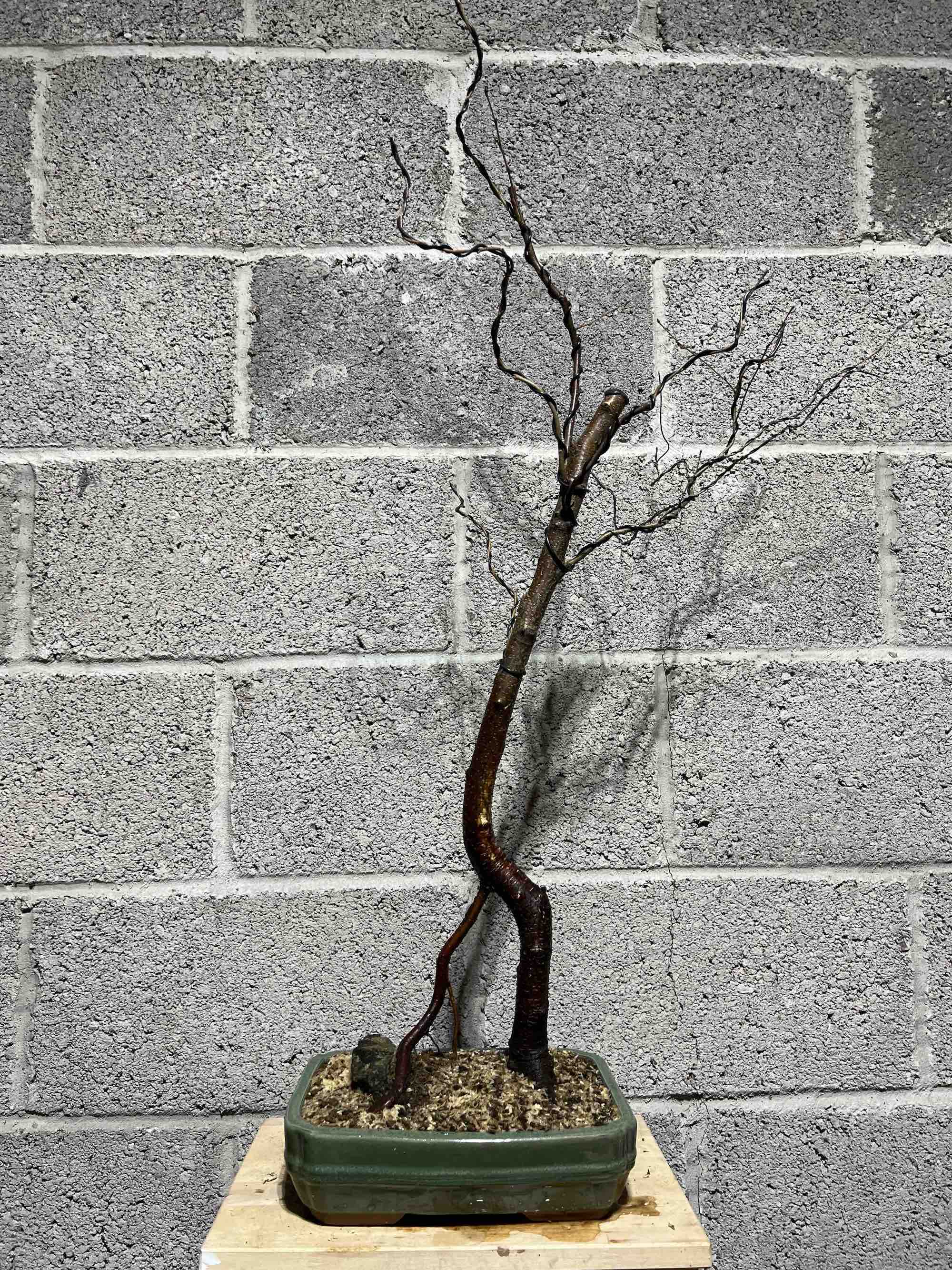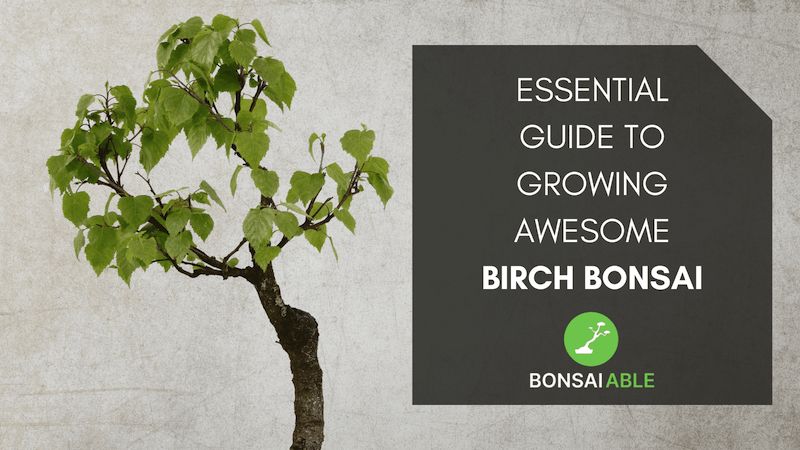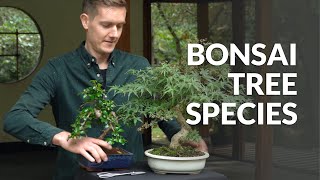Birch Bonsai trees need regular watering and plenty of sunlight. Prune them to maintain their shape and health.
Birch Bonsai trees offer a unique, elegant addition to any indoor or outdoor space. These trees require consistent care, including regular watering and sufficient sunlight. They thrive in well-draining soil and need pruning to maintain their desired shape. Fertilize them monthly during the growing season to promote healthy growth.
Birch Bonsai trees are sensitive to extreme weather, so protect them from harsh conditions. Regular monitoring for pests and diseases helps keep the tree healthy. By following these care tips, you can enjoy the beauty and tranquility that a Birch Bonsai tree brings to your home or garden.
Introduction To Birch Bonsai
Birch Bonsai trees thrive with proper care and attention. Ensure they receive ample sunlight, regular watering, and occasional pruning for optimal growth.
History And Origin
Birch bonsai trees come from the northern regions. They are known for their delicate beauty. These trees have been cultivated for centuries. People admire their white bark and graceful branches. Birch trees symbolize renewal and purification. They are a favorite in bonsai collections. Ancient cultures used birch trees in rituals. These trees have a rich history and cultural significance.
Unique Characteristics
Birch bonsai trees have many unique traits. Their bark is paper-thin and white. The leaves are small and oval-shaped. In autumn, they turn a stunning yellow. Birch trees grow quickly. They need regular trimming. Their root systems are shallow. This makes them perfect for bonsai pots. Birch trees are hardy and resilient. They can withstand harsh conditions. This makes them ideal for beginners.
Choosing The Right Birch Species
Silver Birch is very popular. It has white bark and delicate leaves. Paper Birch is another favorite. It has peeling bark and yellow leaves in fall. River Birch grows well in wet soil. It has cinnamon-colored bark.
Check your climate first. Birch trees like cool weather. Look at the soil. Birch trees need moist soil. Consider the space you have. Some birch trees grow very tall.
Ideal Growing Conditions
Birch bonsai trees thrive in well-draining soil and ample sunlight. They prefer a humid environment and regular watering. Careful pruning ensures healthy growth and maintains their elegant appearance.
Light Requirements
Birch bonsai trees need bright, indirect light. Direct sunlight can harm the leaves. Place the tree near a window with filtered light. If indoors, rotate the tree for even light exposure.
Temperature And Humidity
Keep the tree in temperatures between 60-75°F. Avoid sudden temperature changes. Birch bonsai trees prefer high humidity levels. Use a humidity tray or mist the leaves daily. This helps keep the leaves healthy.
Planting And Repotting
Planting and repotting a Birch Bonsai Tree require careful attention to soil quality and root pruning. Ensure proper drainage and regular trimming to maintain its health and shape.
Soil Mixtures
Use a mix of loam, sand, and peat for birch bonsai. Ensure the soil is well-draining. This helps to prevent root rot. Add some organic compost for nutrients. The soil should be slightly acidic. Avoid using heavy clay soils.
Repotting Techniques
Repot birch bonsai every 2-3 years. Do this in early spring. Gently remove the tree from its pot. Trim about one-third of the roots. Use a sharp pair of scissors. Place the tree in a new pot. Add fresh soil around the roots. Water the tree well after repotting.
Watering Guidelines
Proper watering is essential for Birch Bonsai tree health. Ensure the soil remains moist but never waterlogged. Regularly check the soil and adjust watering frequency based on its needs.
Frequency And Amount
Birch bonsai trees need regular watering. Water them every 2-3 days. Use enough water to keep the soil moist but not soggy. In hot weather, check the soil daily. Soil should dry slightly between waterings. Too much water can harm the tree.
Signs Of Overwatering
Overwatered trees show yellow leaves. Leaves may also fall off. Soil stays wet and feels mushy. Roots may develop root rot. Check for a bad smell from the soil. If these signs appear, reduce watering.

Credit: www.bonsaiable.com
Fertilization Practices
Birch bonsai trees need specific fertilizers. Use balanced fertilizers with equal NPK ratios. Organic fertilizers work well. You can also use liquid fertilizers for easy absorption. Avoid high-nitrogen fertilizers.
Fertilize birch bonsai trees every two weeks in spring. Summer needs monthly feeding. Stop fertilizing in late fall. Resume in early spring. Use half-strength fertilizer for young trees. Older trees need full-strength. Always water before fertilizing.
Pruning And Shaping
Prune your birch bonsai tree to keep it healthy. Use clean, sharp scissors for cutting. Remove any dead or diseased branches first. Trim back new growth to maintain its shape. Cut just above a leaf node for the best results. Always make clean cuts to avoid damage.
Styling your birch bonsai can be fun. Use wire to shape the branches. Be gentle to avoid breaking them. Wrap the wire around the branch loosely. Bend the branch slowly to the desired shape. Remove the wire after a few weeks. Always check for any damage.

Credit: www.bonsaiable.com
Pest And Disease Management
Birch bonsai trees can attract many pests. Aphids are tiny insects that feed on sap. Spider mites are very small and create webs. Caterpillars can eat the leaves. Scale insects look like small bumps on the branches. Whiteflies are tiny white insects that fly around when disturbed. Leaf miners burrow into the leaves, causing damage.
Regular inspection is crucial for early detection. Clean the leaves with a damp cloth to remove pests. Use insecticidal soap to treat infestations. Neem oil is a natural pesticide that can help. Prune affected leaves to stop the spread of pests. Good airflow can prevent many issues. Make sure the tree is healthy and stress-free to resist pests better.
Seasonal Care Tips
Birch bonsai trees need extra care in winter. Protect them from frost. Use a cold frame or greenhouse. Cover the soil with mulch. This keeps the roots warm. Water less during winter. But do not let the soil dry out completely. Keep the tree in a cool, bright place. Avoid direct contact with snow.
Summer heat can be tough. Water the birch bonsai regularly. Keep the soil moist but not soggy. Provide partial shade during peak sun hours. Prune the tree to maintain its shape. Fertilize every two weeks with a balanced fertilizer. Watch for pests and treat immediately. Ensure good air circulation around the tree.

Credit: www.bonsaiempire.com
Conclusion
Caring for a Birch Bonsai Tree can be rewarding and enjoyable. Follow the care tips mentioned to ensure its health. Regular pruning, proper watering, and adequate sunlight are crucial. With patience and dedication, your Birch Bonsai will thrive and become a stunning centerpiece in your home or garden.
Happy gardening!

